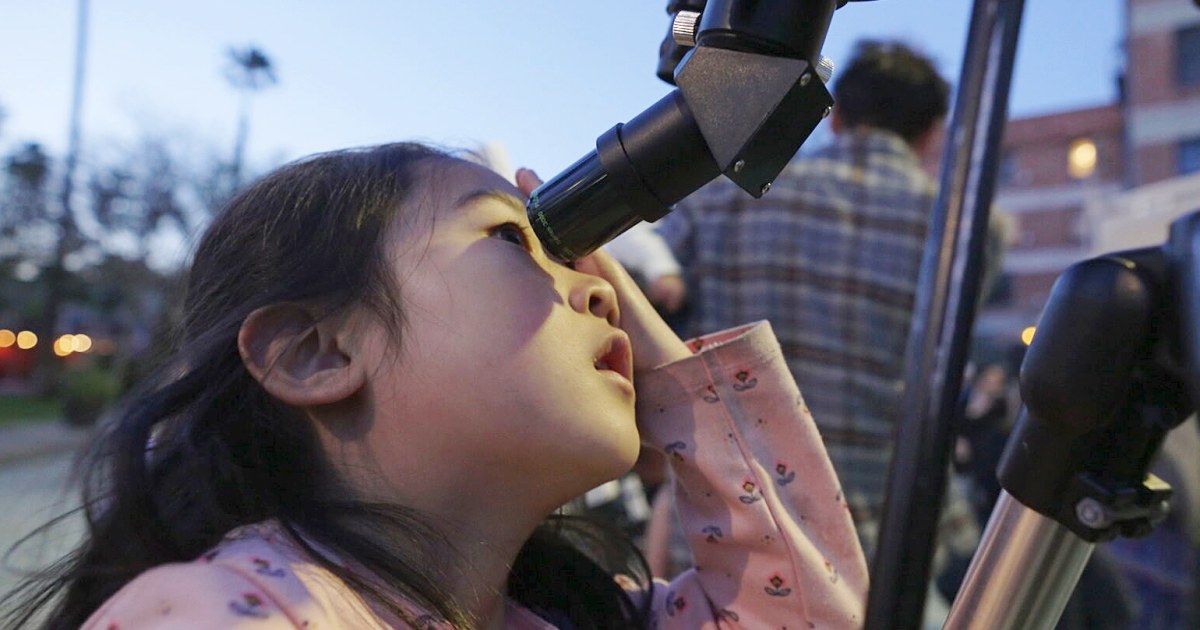
Coastal Zone Color Scanner (CZCS)
Coastal Zone Color Scanner (CZCS) was a scanning radiometer on board the Nimbus-7 satellite that operated from 1978 to 1986. It was the first instrument designed to measure ocean color with the aim of studying the biological productivity of the oceans. CZCS measured the visible and near-infrared radiation reflected by the ocean surface, which is related to the concentration of chlorophyll-a, the primary pigment in phytoplankton. The instrument had four spectral bands, with a spatial resolution of approximately 800 meters. CZCS data provided the first global maps of ocean color, which have been used to study the distribution and variability of phytoplankton, ocean currents, and water quality. The CZCS data set is still widely used today for climate and oceanographic research.
Your Previous Searches
Random Picks
- Interplanetary Trajectory Design: Interplanetary Trajectory Design is the process of determining the path that a spacecraft will follow from its initial orbit around one celestial body to its final orbit around another celestial body. This involves calculating the necessary ... Read More >>
- Control Systems: Control Systems in astronautical engineering refer to the set of devices, algorithms, and procedures used to manage and regulate the behavior of a spacecraft or a rocket. Control systems are responsible for ensuring that the vehicle follows ... Read More >>
- TOPEX/Poseidon: TOPEX/Poseidon was a joint mission between NASA and CNES to map ocean surface topography with high accuracy using radar altimetry. The mission was launched in 1992 and operated until 2006, providing valuable data on ocean circulation, clima ... Read More >>
Top News

Easter's date remains divisive. Some church leaders want that to change...
Eastern and Western churches will celebrate Easter on the same day this year, while marking 1,700 years since the Council of Nicaea unified Christian doctrine...
News Source: ABC News on 2025-04-19

In a city of stars, Los Angeles astronomy club makes sure to keep looking up...
LOS ANGELES — While Los Angeles is home to the biggest stars in the world, a monthly get-together is proving that the city’s rich and famous have nothing on the universe....
News Source: NBC News on 2025-04-18

This week on "Sunday Morning" (April 20)...
A look at the features for this week's broadcast of the Emmy-winning program, hosted by Jane Pauley....
News Source: CBS News on 2025-04-17

Scientists detect strongest hints yet of life on a distant planet...
Scientists have detected unique chemical patterns similar to those produced by the Earth's algae and seaweed — raising the possibility of the presence of a warm ocean, perhaps teeming with life, on ...
News Source: NBC News on 2025-04-17

Is there life on another planet? Scientists find the strongest evidence yet...
Near a planet far, far away astronomers have found traces of chemicals that on Earth are only produced by living beings....
News Source: Al Jazeera English on 2025-04-17